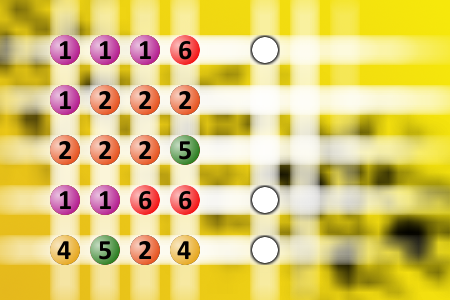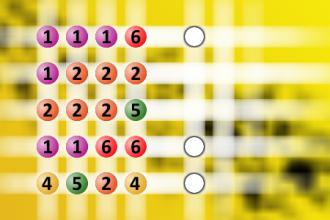Find the right combination
The computer chose a secret code (sequence of 4 digits from 1 to 6). Your goal is to find that code. Black circles indicate the number of hits on the right spot. White circles indicate the number of hits on the wrong spot.Correct answers: 3
#brainteasers #mastermind

Two Sets of Tonsils?
A young man approached his family physician and said, "Doc, I'm afraid you'll have to remove my wife's tonsils one of these days."
"My good man," replied the doctor, "I removed them six years ago. Did you ever hear of a woman having two sets of tonsils?"
"No," the husband retorted, "but you've heard of a man having two wives, haven't you?"

